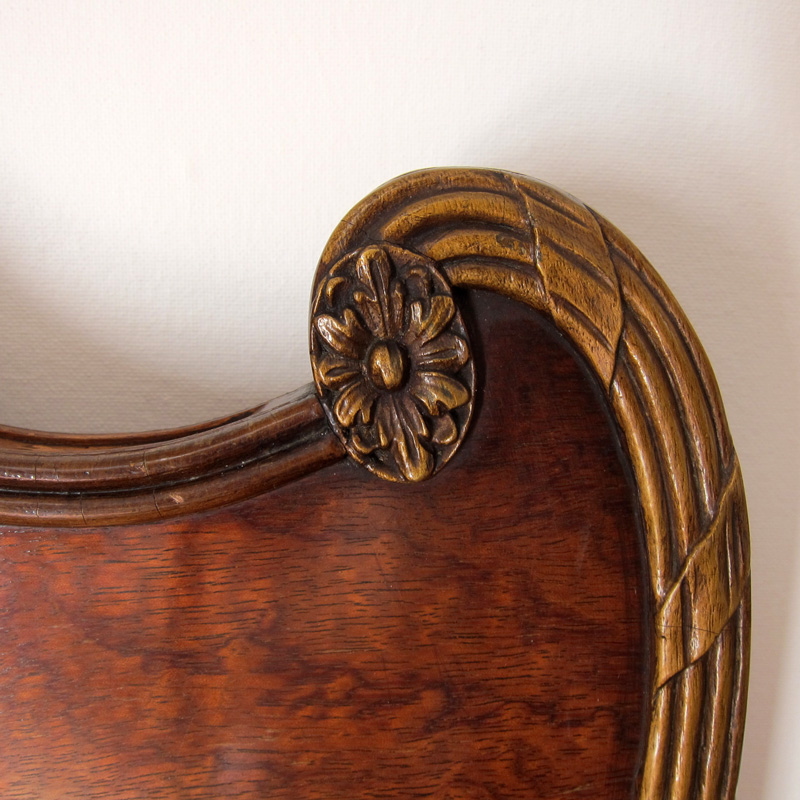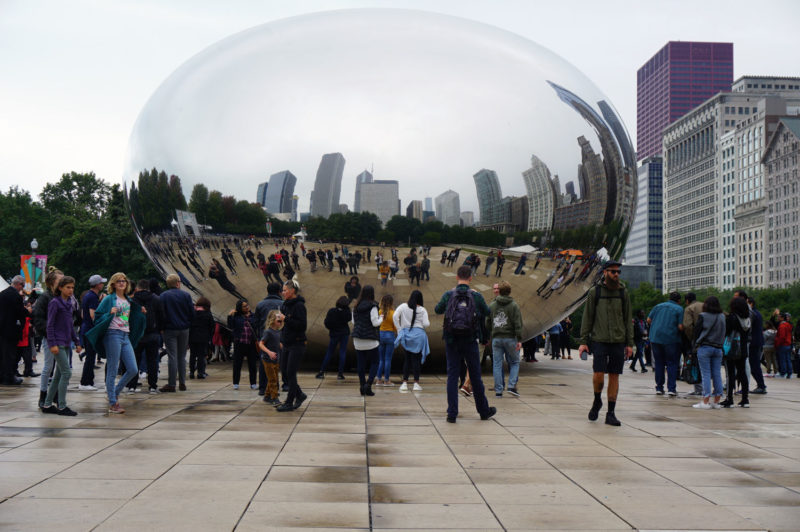 Back in February, I saw this beautiful antique bedstead out in Michigan, and, being what is disparagingly called a “brown furniture” fan, I bought it. I measured it first, to make sure it was the right length for a standard twin bed, but then, being sure it would work out, I bought it. I’d got a great bargain.
Back in February, I saw this beautiful antique bedstead out in Michigan, and, being what is disparagingly called a “brown furniture” fan, I bought it. I measured it first, to make sure it was the right length for a standard twin bed, but then, being sure it would work out, I bought it. I’d got a great bargain.

Or so I thought. When I got the bed home, I realized that I didn’t know how to put it together. When I looked at the pieces, I couldn’t deduce how anyone had ever had. There was no hardware, no metal latches of any kind. The bed-rails were fitted on each end with two smooth dowels. There were three holes in each leg of the headboard, the middle one drilled clear through to the other side.

The foot-board also had holes for the dowels, along with a deeply embedded rod to which something could latch. I began reading around. Had I accidentally bought a rope bed? Before manufactured metal parts were common, rope beds were the norm.
The bed was older than I had imagined. How old is a mystery, but other features of the bed supply some clues.

The headboard and footboard are very heavy and covered mainly with matched mahogany veneer. The wood is pretty shiny, which makes me think it was finished with shellac rather than varnish, but I didn’t bother to do a test.

The headboard is capped with a curved piece, ornamented with acanthus and a draped urn, classical motifs characteristic of a revival style. This part of the bed may have been hand-carved.

The edges of the headboard and footer are decorated with gilded banding and rosettes. The bed is highly symmetrical and is very evenly joined, which makes me think most of its parts were made by machine.
 All in all, I think this bed dates from the late nineteenth century, when pieces with classical motifs and mahogany veneer were very in. But I don’t think the bed is mainly hand-made.
All in all, I think this bed dates from the late nineteenth century, when pieces with classical motifs and mahogany veneer were very in. But I don’t think the bed is mainly hand-made.

I could find out for sure by researching the maker’s mark, which again points to a mainly mechanical assembly.
My theory is that the headboard and footer are pre-twentieth century, but the rails are later and not original to the bed. According to the Vintage House website, US bed sizes were first standardized in the 1870s, but the distance between the rails changed somewhat around 1910 to accommodate the invention of the boxspring. My guess is that the bed once had different rails than it has now.
That said, I still have no idea how to assemble the thing. I don’t want to use rope, because it’ll sag.
